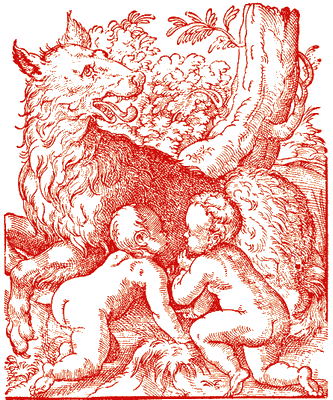|
|
Please note that Mommsen uses the AUC chronology (Ab Urbe Condita), i.e. from the founding of the City of Rome. You can use this reference table to have the B.C. dates
From: The History of Rome, by Theodor Mommsen
Translated with the sanction of the author by William Purdie Dickson

Page 44
Philip's army, after he had been joined by the corps detached to occupy the northern passes, numbered about 20,000 infantry and 2000 cavalry; the Roman army was nearly as strong. The Macedonians however had the great advantage, that, fighting in their native land and well acquainted with its highways and byways, they had little trouble in procuring supplies of provisions, while they had encamped so close to the Romans that the latter could not venture to disperse for any extensive foraging.
The consul repeatedly offered battle, but the king persisted in declining it; and the combats between the light troops, although the Romans gained some advantages in them, produced no material alteration. Galba was obliged to break up his camp and to pitch another eight miles off at Octolophus, where he conceived that he could more easily procure supplies. But here too the divisions sent out were destroyed by the light troops and cavalry of the Macedonians; the legions were obliged to come to their help, whereupon the Macedonian vanguard, which had advanced too far, were driven back to their camp with heavy loss; the king himself lost his horse in the action, and only saved his life through the magnanimous self-devotion of one of his troopers.
Do you see any typos or other mistakes? Please let us know and correct them
|
|
Reference address : https://ellopos.net/elpenor/rome/3-08-second-macedonian-war.asp?pg=44